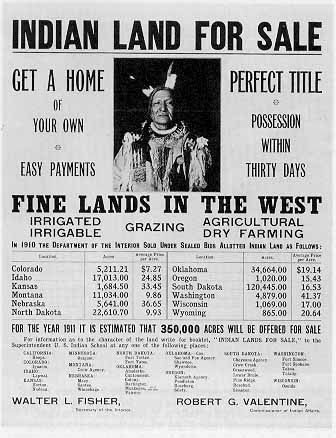White Supremacy and Property Rights: Tamir Rice and the Oregon Standoff
By Anne Bonds
The concept of settler colonialism emphasizes the ongoing occupation and privatization of Indigenous territories and the systems of race necessary to sustain the displacement and marginalization of Indigenous peoples. From this perspective, colonization is not an event of the past, but rather an enduring process that continuously unfolds across the landscape. Colonial moments normalize white domination and the racial status quo by obscuring histories of racial violence and exploitation and by reinforcing largely unquestioned assumptions about white settler property ownership and entitlement to stolen lands.
For some, the Bundys–both Ammon and his father Cliven–have become folk heroes for their efforts to reclaim federally owned and regulated land and for resisting the overbearing, ‘tyrannical’ federal government. However, as the chairperson of the Burns Paiute Tribe, Charlotte Rodrique, has explicitly stated, the Paiute peoples had been living on these lands for thousands of years prior to the arrival of white settlers. Deep ironies abound as the militia members demand that the federal government return the land to ranchers, loggers, and miners after claiming the federal government had usurped their rights.
Though it’s quite easy to dismiss the Bundys, their followers, and other white militias in the American West as a “radical fringe” group with a poor understanding of U.S. history, we believe that to do so would be ill informed. Not only is the Oregon standoff part of a much broader political, economic, and social movement rooted in individual private property rights and undergirded by white supremacy, the event–and popular reactions to it–sustain particular understandings of whiteness and land ownership that render invisible the displacement and exploitation of people of color that enabled white settlement and the acquisition of federal lands in this area in the first place.


No comments:
Post a Comment